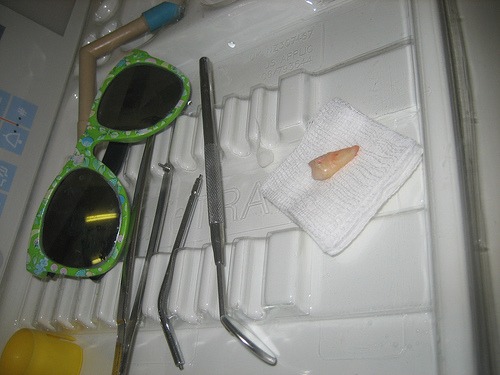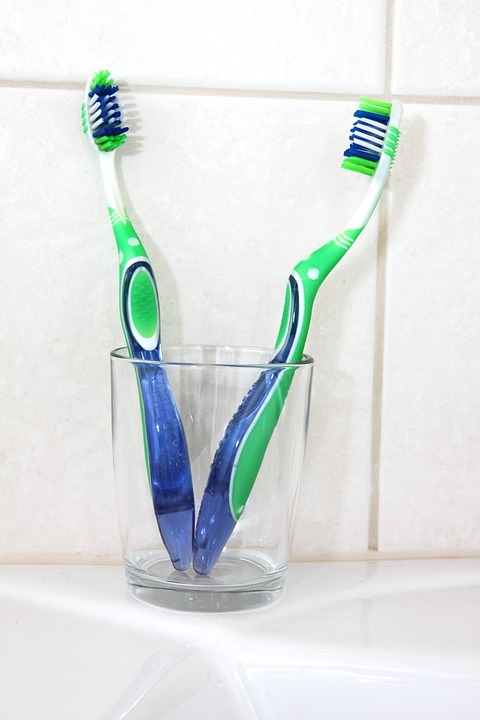
by | Jun 10, 2014 | Words of Wisdom
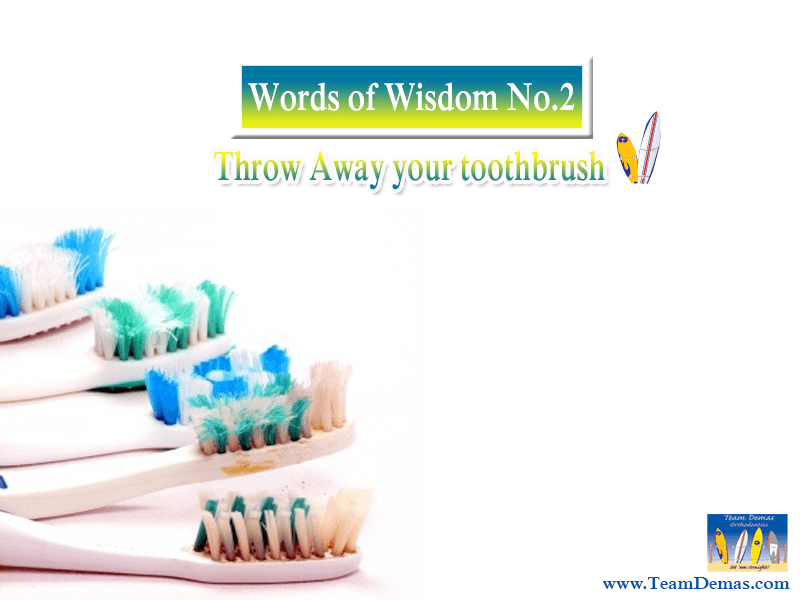
Word of Wisdom No. 2: Chuck your toothbrush
Medical specialists have proven that a tooth brush can cause cases of reinfection if one fails to change the toothbrush after an attack. Some disease causing bacteria such as, strep tool germs have been known to hide in the toothbrush for a long period. Hepatitis causing agents also can survive for more than hours in a toothbrush. To avoid cases of transferring bacteria, it is important to chuckle the tooth brush or at least replace it after using it for one month. After brushing, the tooth brush should be carefully rinsed and placed in a clean position.
Read more…

by | May 22, 2014 | Orthodontic Treatments
What is the Best Age for Your Child to Get Orthodontic Braces?
Selecting the most suitable time to commence orthodontic treatment is typically determined by consultation between the orthodontist and the child’s parents. Apart from the physical factors of misaligned and protruding teeth and the stage of development that your child’s teeth have reached, there is also the maturity of your child to take into consideration, too. Rushing into braces too early when your child is not mature enough to take care of the braces may be premature and not lead to the desired results.
Cues used to determine the time for braces
In most cases, Dr. Don Demas, at Team Demas Orthodontics in Southington, does not fit braces until the child has lost all of his or her primary teeth and the 12-year molars have all or, at the least, partly erupted. A straightforward treatment program should only last 12 months. It can markedly exceed this time frame if the braces are positioned on the teeth while there are some baby teeth still evident, or the 12-year molars are not yet visible.
Read more…
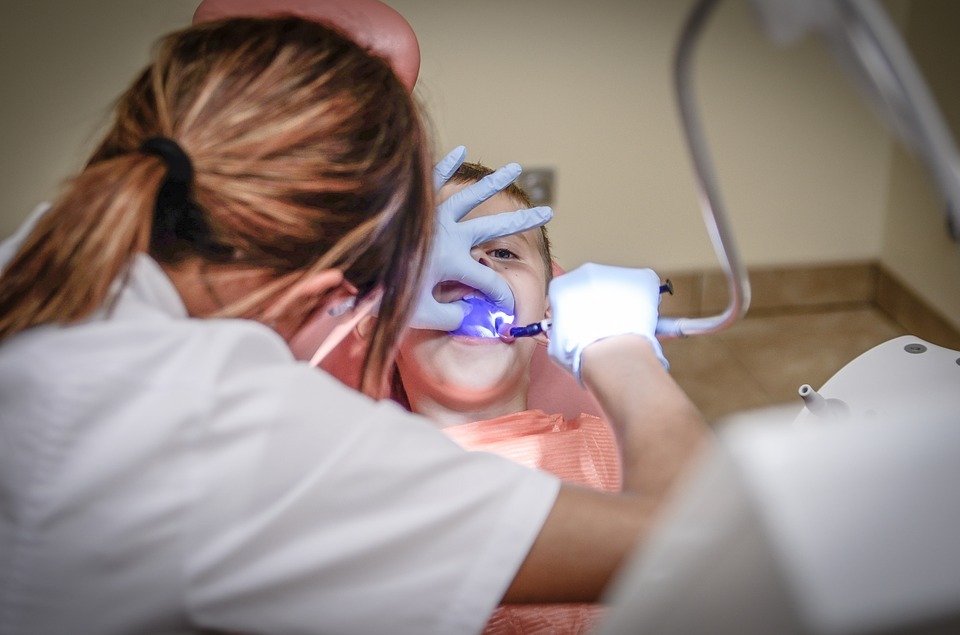
by | May 1, 2014 | Orthodontic Treatments
What is the Best Age for My Child to See an Orthodontist?
Seven years of age has been considered for a long time the most appropriate age for your child to attend an orthodontist for the first time. Dr. Don Demas, of Team Demas Orthodontics, fully supports this age too, as it is the best age for a child’s teeth to be assessed for either immediate treatment or possible treatment at a later age.
Once a child has reached the age of 8, it is most likely that he or she will have lost their first eight teeth. These are incisors and are normally immediately replaced by eight permanent teeth. At 6 years of age, the emergence of your child’s first four molars, those that will become permanent, takes place. Therefore, by 7 years of age, most children will have no less than four permanent incisors and four permanent molars. If the number of teeth is less or more than that, problems of crowding, extra or missing teeth might eventuate.
Read more…
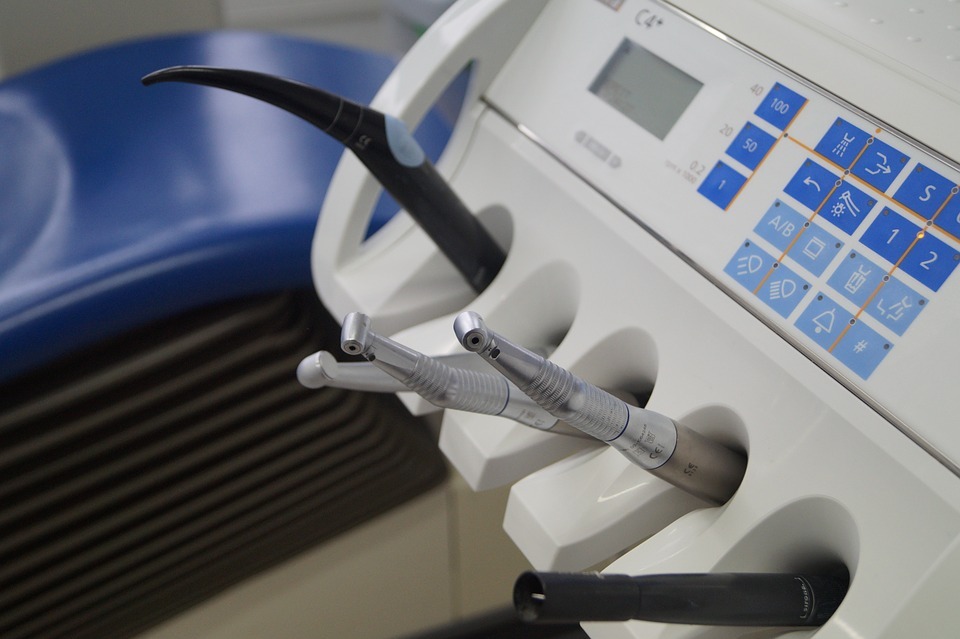
by | Mar 27, 2014 | Orthodontic Treatments
Are There Alternatives to Having Teeth Removed for Braces?
When you realize that the only way you or your child are ever going to get straight teeth is by visiting an orthodontist for an evaluation, then you will want to know answers to certain key questions. The main ones that Dr. Demas at Team Demas Orthodontics is asked are about the treatment time, the costs associated with the treatment, whether tooth extractions will be necessary and if headgear needs to be worn.
When it comes to the extraction of teeth, this will depend on how severe the crowding is. Removing one or other of your teeth might be necessary. If the underlying bone’s shape and size is insufficient, retaining all teeth would mean your teeth would stick out more noticeably. It could also result in recession, which is gum loss or dehiscence, which is bone loss.
Read more…
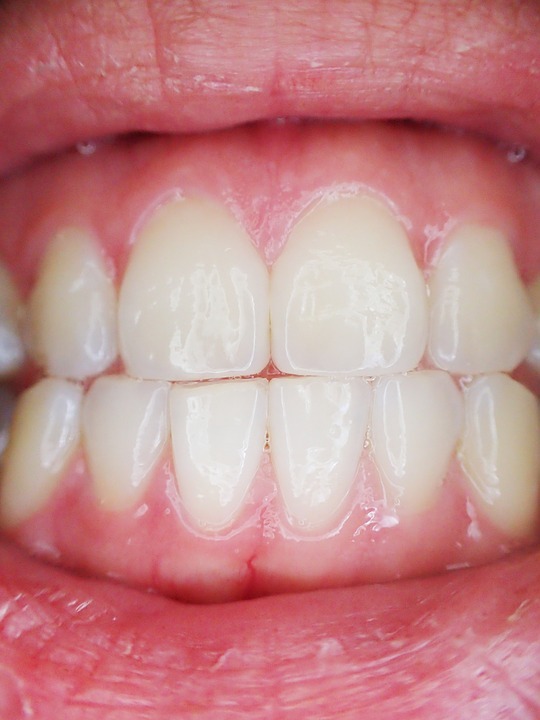
by | Mar 20, 2014 | Orthodontic Treatments
Do Orthodontic Braces Cause White Spots on Teeth?
White spots that appear on the surface of your teeth are signs that these areas are going through a process of losing their mineral content. They are usually small pockets just under the surface which are caused by the presence of dental plaque. Cavities are caused in this way, too.
How are white spots formed?
What appears as white, chalky marks on the surface of the tooth occur when acids formed from the plaque dissolve minerals. This process alters the manner in which the surface reflects light. White spots are often located in areas which are difficult to brush which include between the gums and the brackets. White spots can often develop beneath gum tissue that has become swollen making detection more difficult. It is only when the braces have been removed and the swelling has subsided that detection is possible.
Read more…








